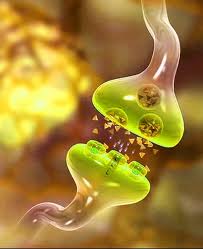
“Touch the surface, and you stir the depths.” — Deane Juhan
You may or may not have heard about CranioSacral Therapy or CST. Even though it was founded by Dr. John Upledger in the 1970’s, it has gained much exposure and popularity over time through personal accounts and research. This is a type of bodywork in which I believe, because I have seen miraculous changes in clients’ bodies.
My favorite definition of CranioSacral Therapy I have found is in the book “From My Hands and Heart“: “CST is a highly effective light-touch therapy that works with the source of pain and dysfunction and the whole body simultaneously. For the most part, our bodies do amazing jobs of finding ways to work around the stresses and strains caused by our life experiences, such as chronic stress, childhood falls, or illnesses. With CST we recognize that, given proper support, the body will move to heal itself, creating a custom solution to the problem that is causing that pain or discomfort.”-Kate Mackinnon, PT, CST-D
There’s also a more medical definition explained by the Upledger Institute: “CST is a gentle, hands-on method of evaluating and enhancing the functioning of a physiological body system called the craniosacral system – comprised of the membranes and cerebrospinal fluid that surround and protect the brain and spinal cord. Using a soft touch generally no greater than 5 grams, or about the weight of a nickel, practitioners release restrictions in the craniosacral system to improve the functioning of the central nervous system. By complementing the body’s natural healing processes, CST is increasingly used as a preventive health measure for its ability to bolster resistance to disease, and is effective for a wide range of medical problems associated with pain and dysfunction.”-www.upledger.com
This therapy is so comprehensive and complimentary that it can stand alone or be a healing tool used in conjunction with other treatments. Since CranioSacral Therapy works the physical, mental and energenic body all at the same time, it is somewhat a challenge to explain. It has been said to me many times by clients, “You really have to experience it to understand it”.
Trisha Schmalhofer, LMT and CranioSacral Therapist
 As a massage therapist, I see a lot of sports injuries to the shoulder, lower back, knee, ankle and elbow. These are the joints that take the most jolts, hits, stresses, twists and impacts. Mount Sinai Hospital put out an article that generally illustrates what some key tennis injuries look like in the body. It also lists various medical treatments for these common injuries.
As a massage therapist, I see a lot of sports injuries to the shoulder, lower back, knee, ankle and elbow. These are the joints that take the most jolts, hits, stresses, twists and impacts. Mount Sinai Hospital put out an article that generally illustrates what some key tennis injuries look like in the body. It also lists various medical treatments for these common injuries.
